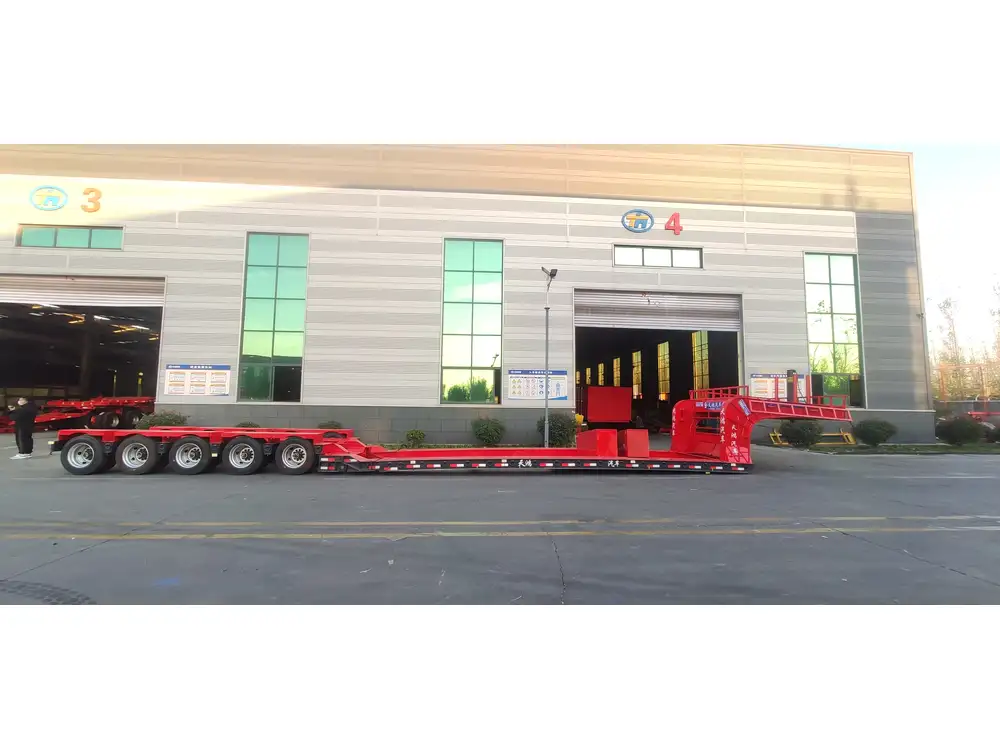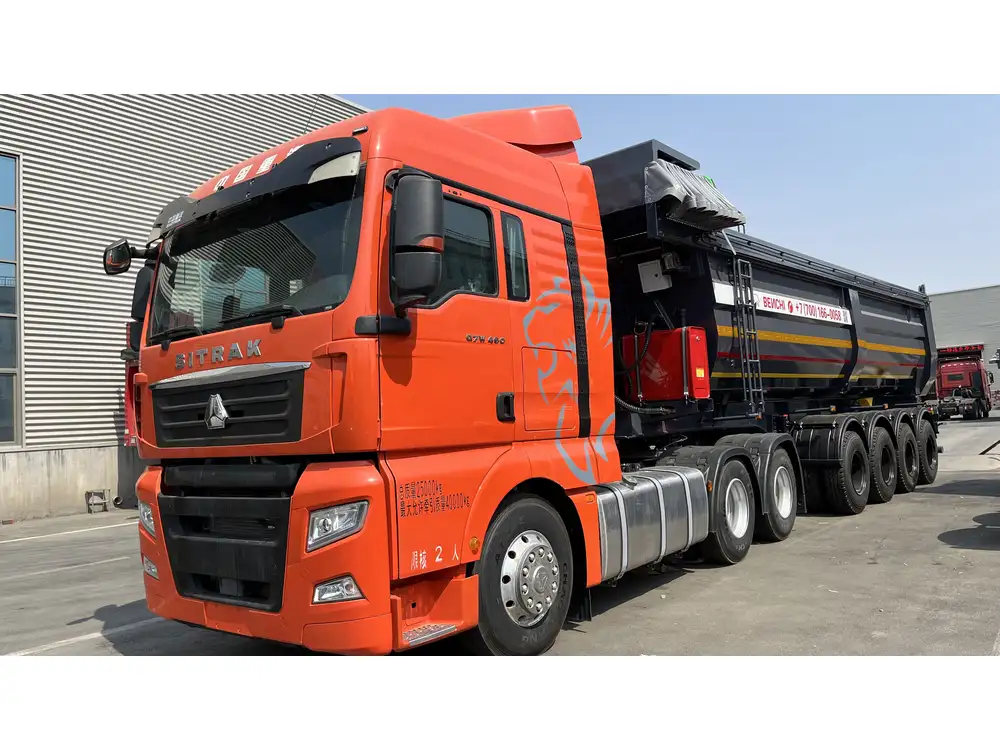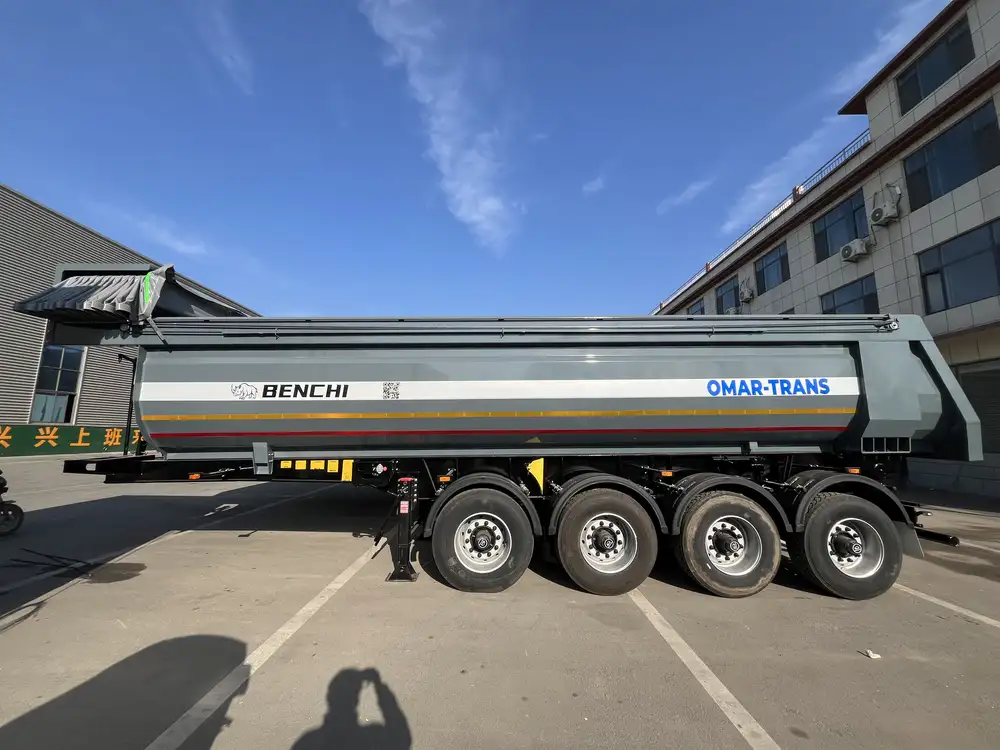Travel trailers serve as a sanctuary for many adventurers, offering mobility coupled with the comforts of home. However, challenges often arise with water tank maintenance, which can detract from your experience. Some users may seek ways to bypass their travel trailer water tanks altogether for various reasons—be it to simplify water management, reduce weight, or solve persistent plumbing issues. Here, we offer a detailed and structured guide on how to effectively bypass your travel trailer water tank.
Understanding the Travel Trailer Water System
To start our exploration of bypassing the water tank in a travel trailer, it is essential to understand how the water system operates. Here’s a breakdown of the components involved:
| Component | Function |
|---|---|
| Fresh Water Tank | Stores potable water for showers, dishes, and drinking. |
| Water Pump | Pressurizes water for distribution throughout the trailer. |
| Plumbing Lines | Carries water to various fixtures (sinks, shower, toilet). |
| Water Heater | Heats water for usage in showers and dishwashing. |
| Drainage System | Removes wastewater from the trailer. |
By comprehending this system’s intricacies, you can make an informed decision about bypassing the water tank.
Reasons to Bypass the Water Tank
Understanding user intent can illuminate why someone might consider bypassing the travel trailer water tank:
- Weight Management: Reducing weight can enhance towing frequency and fuel efficiency.
- Water Quality Issues: If your water supply is contaminated, bypassing the tank may ensure better quality.
- Space Optimization: Utilizing the area usually occupied by the tank for storage.
- Regular System Maintenance: Allowing for easier access to plumbing and avoiding frequent tank cleaning.
- Elimination of Tank Failures: Avoiding leaks and breakdowns associated with the water tank system.

Step-by-Step Guide to Bypass the Travel Trailer Water Tank
Step 1: Gather Your Tools
Before beginning the bypass process, you’ll need several tools and materials:
- Screwdrivers (flathead and Phillips)
- Pliers
- Pipe wrenches
- Hose clamps
- PVC pipe or flexible tubing
- Teflon tape
- Utility knife
- A bucket (to catch excess water)
Step 2: Locate the Water Tank
Identify the location of your fresh water tank; it is usually beneath the trailer near the front or center. Consider examining schematic diagrams that often accompany owner manuals if you have difficulty locating it.

Step 3: Turn Off the Water Supply
Before making any adjustments, turn off the water supply and drain the tank. Open all faucets to alleviate pressure in the lines.
Step 4: Disconnect Water Tank
Carefully disconnect the plumbing lines connected to the water tank. Depending on your model, this may involve:
- Removing screws or brackets securing the tank.
- Unscrewing hoses connected to the tank’s inlet and outlet.
Use your utility knife if encounters heavy oxidation or stubborn fittings.
Step 5: Create a Bypass System
To ensure water flow without the tank, you will need to create a bypass with the following materials:
- PVC Pipe or Flexible Tubing: To connect the main water supply line with the plumbing.
- Hose Clamps: To secure the connections.

Bypass Connection Diagram
Here’s a simple representation of how to connect the bypass.
Main Water Supply ----- [ By-Pass Tubing/Pipe ] ----- Plumbing FixturesStep 6: Solve Potential Leaks
Applying Teflon tape on threaded connections can help prevent leaks. Once you have set up the bypass, tighten the connections securely without overtightening.
Step 7: Test the New Configuration
- Turn the water supply back on.
- Open a faucet to allow air to escape and check for leaks.
- Check every connection point, including where the bypass meets the plumbing lines.

Step 8: Additional Considerations
- Water Quality: Install a filtration system in place of the bypass configuration to ensure clean water supply.
- Drain and Clean: Remove residual water from the system to prevent mold and bacteria growth.
Potential Challenges and Their Solutions
While bypassing a travel trailer water tank, you may encounter several challenges. Here’s a structured approach to addressing potential issues:
| Challenge | Solution |
|---|---|
| Leaks around connections | Re-evaluate hose clamps and tighten or replace them. |
| Water pressure inconsistencies | Ensure that the bypass line has no kinks or obstructions. |
| Contamination of water supply | Use a certified filter system as a workaround. |
| Maintenance of the plumbing system | Regularly check connections for wear and replace as necessary. |
Essential Maintenance Tips for Your Bypass System
Even after establishing a bypass, proper maintenance is crucial:
- Regular Inspections: Periodically check for leaks at each connection point. Look out for signs of wear in hoses and pipes.
- Clean Filters: If applicable, clean or replace filters according to manufacturer recommendations to ensure optimal water quality.
- Monitor Water Quality: Watch for any changes in taste, smell, or appearance that might indicate further issues in the supply lines.

Routine Maintenance Table
| Task | Frequency | Description |
|---|---|---|
| Inspect connections | Monthly | Check for leaks or damages on hoses and fittings. |
| Change filters | Every 3-6 months | Replace or clean water filtration systems. |
| Flush water lines | Biannually | Prevent buildup and keep water fresh. |
| Test water quality | Quarterly | Use testing strips to ensure water safety. |
Conclusion: Embracing the Bypass Solution
Bypassing the water tank in your travel trailer can offer a multitude of benefits, including improved mobility, weight management, and ease of maintenance. However, it necessitates a nuanced approach and regular oversight to avoid pitfalls. Whether driven by the aspiration for a streamlined travel experience or the necessity of overcoming persistent water-related issues, this guide ensures you are well-equipped to navigate the complexities of DIY plumbing adjustments.
As a result of this transformation, the reliance on traditional water tanks can diminish, paving the way for innovative biking and camping adventures. Always prioritize safety and cleanliness, and enjoy the wide-open road with peace of mind, knowing that your travel trailer is well-adapted to your needs.



